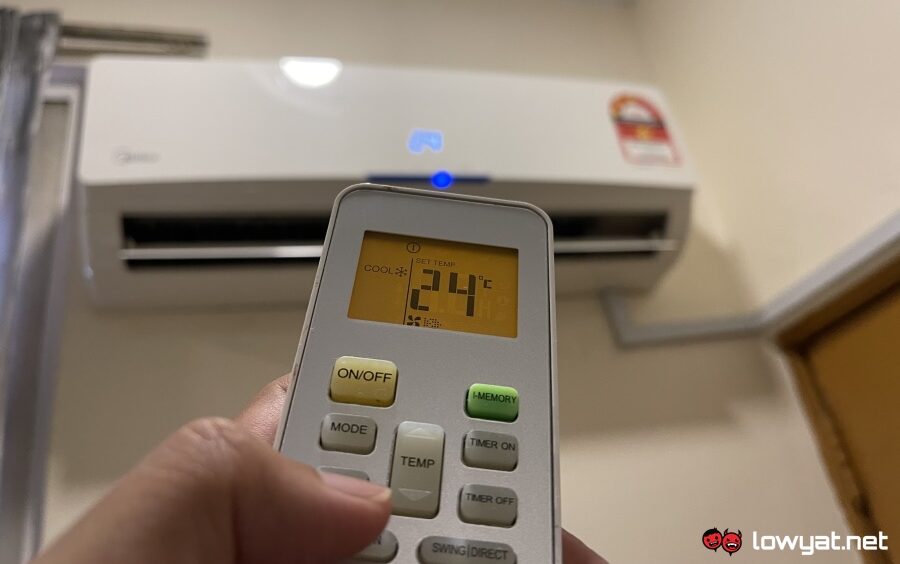India’s demand for electricity for ACs to exceed total power consumption of Africa: IEA

The demand for oil in India is set to rise as well, going from 5.2 million barrels per day (bpd) in 2022 to 6.8 million bpd in 2030 and 7.8 million bpd in 2050 under stated policies scenarios. However, under announced pledges, these figures are expected to be lower, reaching 6.2 million bpd in 2030 and 4.7 million bpd in 2050
India’s demand for electricity for running household air conditioners is estimated to expand nine-fold by 2050, a demand that will surpass the total power consumption of the entire African continent, according to the International Energy Agency (IEA). In its most recent World Energy Outlook, the IEA underscores India’s role as the world’s leader in energy demand growth for the next three decades. Under stated policies scenarios, India’s energy supply is expected to increase from 42 exajoules (EJ) in 2022 to 53.7 EJ in 2030 and 73 EJ in 2050. Meanwhile, under announced pledges, these figures are slightly lower, with projections of 47.6 EJ by 2030 and 60.3 EJ by 2050.
The demand for oil in India is set to rise as well, going from 5.2 million barrels per day (bpd) in 2022 to 6.8 million bpd in 2030 and 7.8 million bpd in 2050 under stated policies scenarios. However, under announced pledges, these figures are expected to be lower, reaching 6.2 million bpd in 2030 and 4.7 million bpd in 2050. The IEA notes that over the last five decades, India has experienced more than 700 heatwave events, resulting in over 17,000 casualties. This, combined with increasing incomes, has driven a steady rise in air conditioner ownership, tripling since 2010 to reach 24 units per 100 households.
This surge in cooling needs has a direct impact on electricity consumption. In fact, electricity consumption due to space cooling saw a 21per cent increase between 2019 and 2022, with nearly 10 per cent of electricity demand now attributed to cooling requirements. The IEA’s projections for India show that household air conditioner ownership is set to expand nine fold by 2050, surpassing the growth in ownership of other major household appliances like televisions, refrigerators, and washing machines. Under the IEA’s Stated Policies Scenario (STEPS), by 2050, India’s total electricity demand from residential air conditioners is projected to exceed the total electricity consumption of the entire African continent.
However, the IEA also presents an alternative scenario known as the Announced Pledges Scenario (APS), where electricity demand for air conditioners is expected to be nearly 15 per cent lower in 2050 compared to STEPS. This is due to the increased use of energy-efficient air conditioners and thermal insulation in buildings, which results in a substantial reduction in peak electricity demand growth. This, in turn, lowers electricity investment needs and system costs.
While solar photovoltaic (PV) is a suitable match for daytime cooling needs, there is significant demand for cooling during the late evening and at night. Reducing cooling demand through energy-efficient policies can decrease the need for investment in batteries or standby generation capacity, making it more cost-effective to integrate renewables. India is now entering a transformative phase in its energy development, marked by a long-term ambition to achieve net-zero emissions, regulatory sophistication, and a focus on clean energy deployment. To meet its net-zero emissions target by 2070, India needs to triple its clean energy investment by the end of this decade, according to the IEA. Although India’s population growth has slowed, its urban population is expected to increase by 74 per cent , and per capita income is set to triple by 2050. This rapid urbanisation will lead to substantial industrial output growth, including a tripling of iron and steel production, a doubling of cement output, and a nine fold increase in residential air conditioner ownership by 2050.
As a result, demand for oil and natural gas is projected to rise by nearly 70 per cent between 2022 and 2050, with coal demand increasing by 10per cent. Even as solar PV expands its presence in electricity generation, India’s annual CO2 emissions are set to increase by nearly 30 per cent by 2050, one of the largest increases in the world. However, the adoption of clean energy and investments in the APS scenario change the outlook significantly. By 2050, India’s annual CO2 emissions are expected to decline by over 40 per cent from current levels, even as its GDP quadruples during the same period.































































































































































































































































































































































































































































































































































































































































































































































































































































































































































































































































































































































